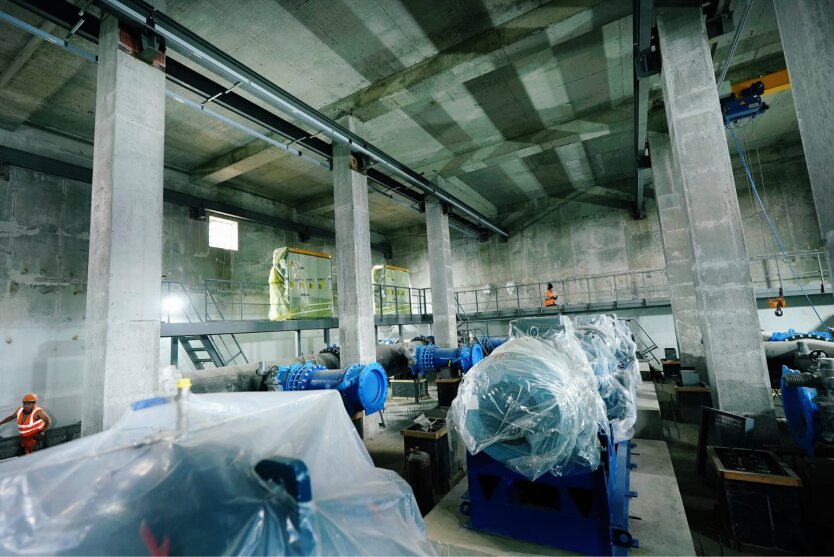In a Stone Fragment 2 Billion Years Old, Scientists Found Microbes.


Scientists in South Africa have made a unique discovery that could shake our understanding of the evolution of life on Earth and expand our possibilities in the search for extraterrestrial life. They found living microorganisms in rock extracted from the Bushveld igneous complex. This evidence of life is the oldest found in such ancient geological formations. This was reported by Associate Professor Yohei Suzuki from the University of Tokyo, who is the lead author of the study.
Previously, scientists believed that the oldest microbes found in geological layers were about 100 million years old. But this latest discovery shifts this boundary back by 2 billion years, opening new opportunities for studying the early stages of life evolution on Earth.
To confirm the presence of microorganisms in the samples and rule out contamination, scientists used many modern research methods, including infrared spectroscopy and electron and fluorescent microscopy. The results of the analysis unequivocally confirm the presence of microbes in the rocks even before their extraction.
This discovery also opens the potential to detect traces of life on other planets, particularly Mars. There are rocks on the Red Planet that are older than those where microbes were found in South Africa.
NASA plans to bring samples of Martian rock back to Earth with the Perseverance rover mission. These samples may be similar in age to those studied by Bushveld scientists, giving hope for the detection of signs of ancient microbial life on Mars.
Read also
- Mykolayiv will receive water: construction of the water pipeline is nearing completion
- A Social Portal for Online Services has Launched in Ukraine
- Forecasters warn of dangerous meteorological phenomena in several regions
- Polyg during the combat mission in Kursk. Let's remember Dmytro Ihnatov
- The GUR and the Ministry of Foreign Affairs evacuated 133 Ukrainians from Israel (photo)
- The Four-Day Work Week Really Works: Results of a Large-Scale Study in the EU










